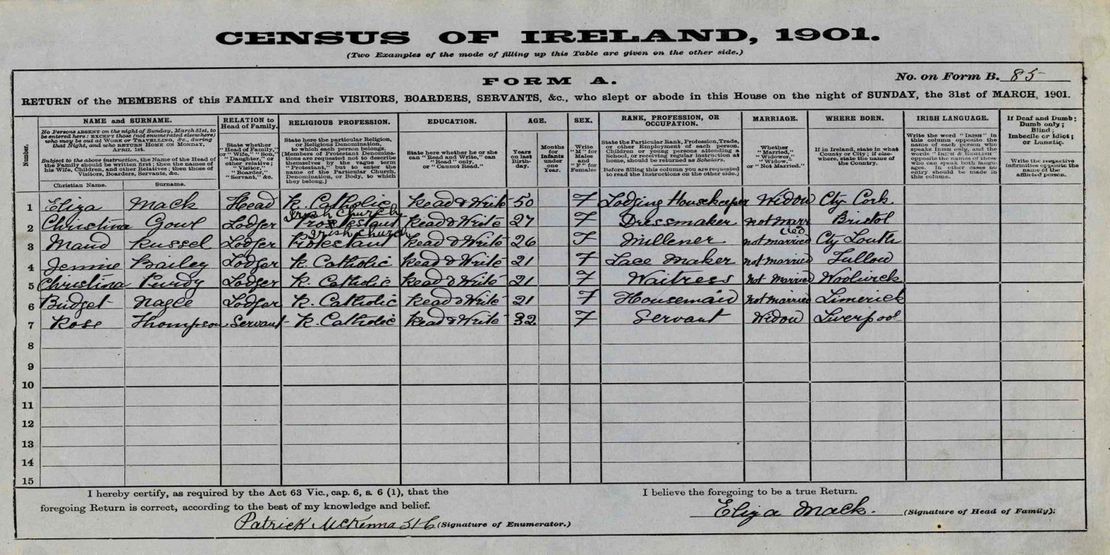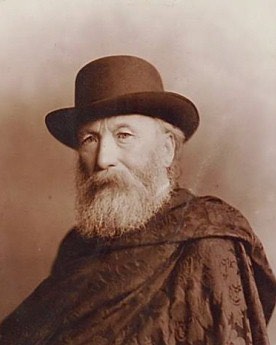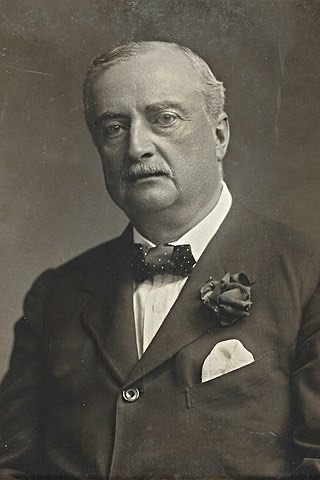- March 31, 1901
In Ireland, a barony is a historical subdivision of a county, analogous to the hundreds into which the counties of England were divided. Baronies were created during the Tudor reconquest of Ireland, replacing the earlier cantreds formed after the original Norman invasion.
Some early baronies were later subdivided into half baronies with the same standing as full baronies.
Baronies were mainly cadastral rather than administrative units. They acquired modest local taxation and spending functions in the 19th century before being superseded by the Local Government (Ireland) Act 1898. Subsequent adjustments of county boundaries mean that some baronies now straddle two counties.
The 1898 Act replaced the county assizes with an elected county council; at a lower level, the county was divided into urban and rural districts, each with an elected council. These councils had power to levy rates and build public works, and the baronial presentment sessions were abolished.
On March 31, 1901 the Irish population census was taken. The population of the entire island was 4.5 million people. Roman Catholics outnumbered Anglicans and Presbyterians by almost three to one.

 ← James Stephens, Fenian leader, dies
← James Stephens, Fenian leader, dies
 John Redmond criticizes the use of concentration camps by the British in South Africa →
John Redmond criticizes the use of concentration camps by the British in South Africa →